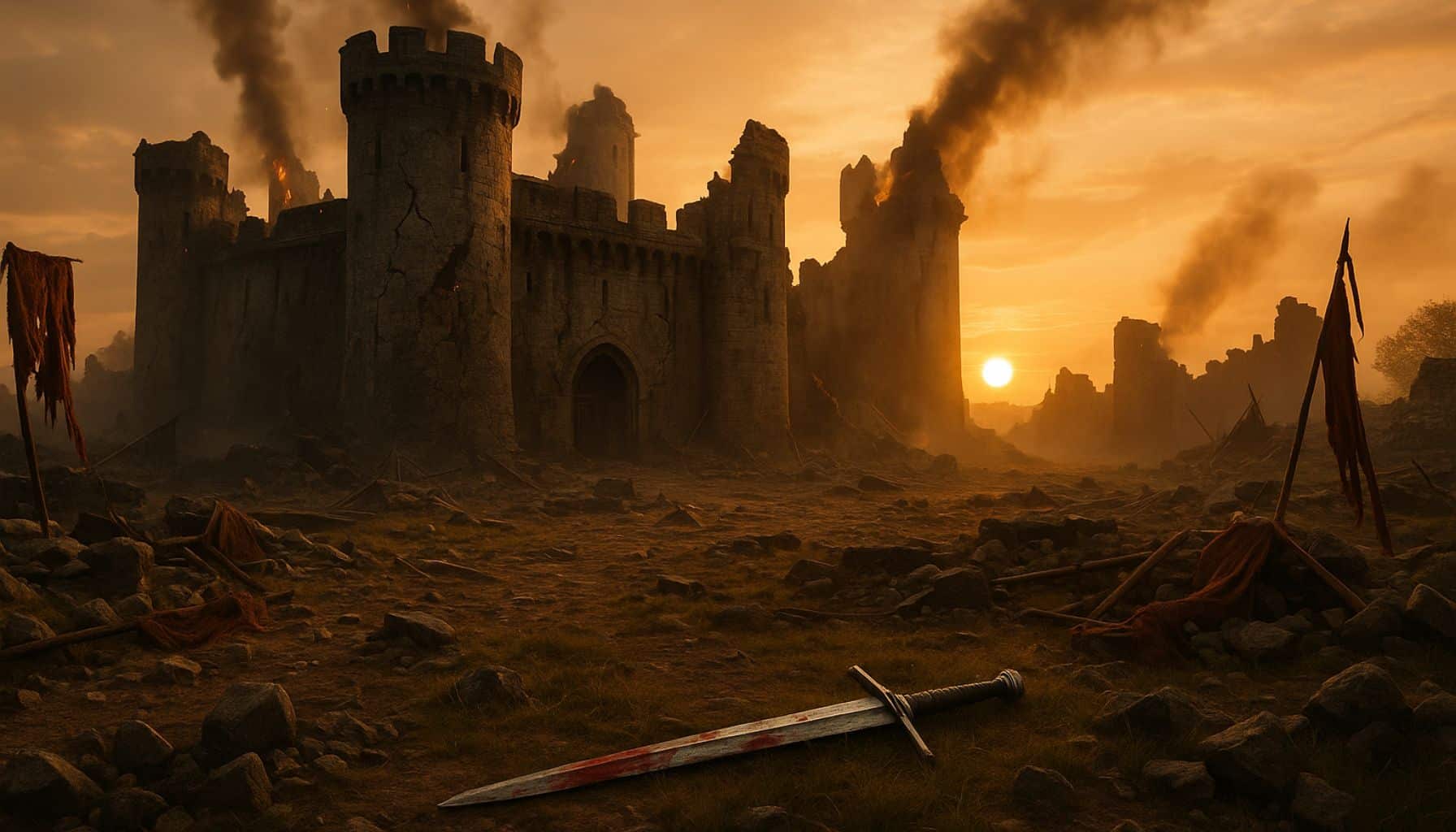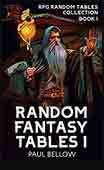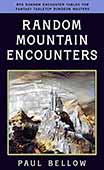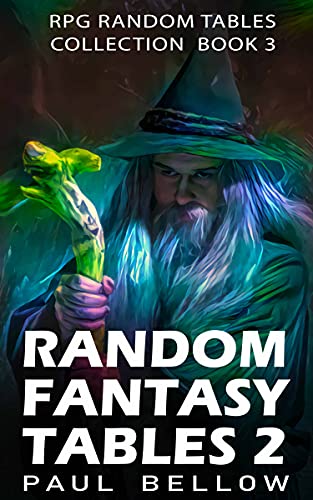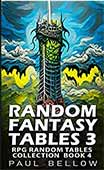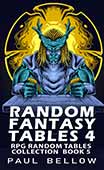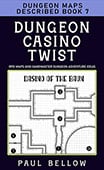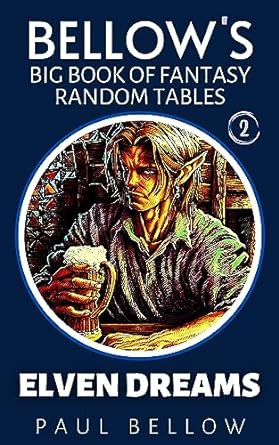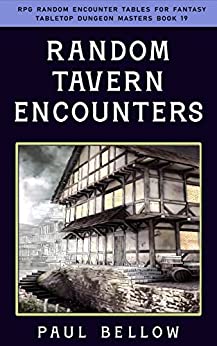Steel rain battered the tavern’s ancient, burnt-orange roof while inside, six battered heroes debated their next move, eyes burning with exhaustion and hope. The campaign’s end glimmered just ahead; a moment irrevocable, one that would braid itself through the table’s collective memory for years. A satisfying ending pulses at the heart of every story worth telling. Whether characters survive or break, how the journey concludes marks not just the final note, but the echoes that ring out every time old friends gather to remember.
A campaign’s close becomes more than plot; it’s an emotional reckoning, the confluence of character choices, triumphs, losses, and unfinished business. Each player’s investment culminates in a climax that lingers, transforming simulated adventure into personal legend. Stories dissolve when cohesion slips, like a final puzzle piece that refuses to fit. Mechanics also demand neatness, to resolve magical debts, mark hard-won experience, or grant characters mechanical growth earned over scores of sessions.
Dungeon Masters often dread that last session. Endings almost never come easy. The desire to stick the landing pairs with the fear of falling short. Too rushed, and emotional payoffs fizzle. If unresolved, satisfaction crumbles, replaced by vague what-ifs that haunt late-night game chat. Yet that pressure also cracks open room for brilliance. Endings, at their best, are the forge where stories are remembered.
The goal isn’t a “perfect” wrap, stripped of roughness or ambiguity. It’s a finale that arises organically, earned through player action and narrative consequence, and felt. Meaning radiates from each decision made in the darkness, every scar on the paladin’s shield. What matters most is that the ending belongs to the table, a capsule of laughter, tension, and hard-fought resolution.
Pitfalls stalk those final steps: rushed battle sequences from worn-out DMs, frayed storylines with no resolution, or forced denouements that rob players of closure. But the very possibility of misstep is what makes a good ending transcendent. It’s when you care enough to want to get it right, even if you stumble. And check out our advanced AI RPG tools if you get a chance!
Planning the End of The DND Campaign Before It Begins
The first die roll resonates beneath neon-lit rain, years before swords clash beneath the campaign’s final sky. Start planning your endgame arc the moment your world takes shape. Every villain’s warning, world-shaking secret, or whispered prophecy sows seeds for a harvest players will one day reap. Yet keep the soil loose. Let outcomes shimmer in uncertainty, leaving space for your group’s collective chaos and creativity.
Try my AI Tabletop RPG generators...and an extensive library of content!
Foreshadowing emerges in details: the way a foes’ laughter echoes, the recurring symbol in a tavern sign, a scrap of prophecy slipped between receipts at a black market stall. Layer these breadcrumbs within session logs, background overtures, and NPC ramblings. Don’t lock the party on rails. Instead, resist mapping every climax beat-for-beat; build toward horizons that let players run.
Balancing structure and sandbox means sketching broad arcs. Map possible endings, a fateful duel, a redemption, a world left burning or unbroken. But let the specifics twist and warp with choices. Your campaign’s early sessions should thrum with unresolved tension. Show the costs of failure. Hint at consequences. Allow ambitions, vendettas, and alliances to grow wild.
Campaigns that build toward satisfying resolution points create momentum. Characters don’t just slay monsters; they carve paths toward their own reckonings. By the final session, those threads should converge, an inescapable web woven through every moment since the first dice hit the table.
12+ Ways to Seed Your Campaign’s Ending Early
- Recurring villain motifs and taunts
- Prophetic dreams or cryptic omens
- Unfinished business from Session 1 (debts, lost loved ones, mysterious patrons)
- Ancient relics with locked powers or destinies
- Players’ backstories intertwining in unlikely places
- World events linked to player choices (plagues, wars, prophecies)
- Rival adventuring parties
- Forsworn oaths or bargains with higher powers
- Locations with layered history (cities hiding the finale’s secret)
- Echoes or visions of the future—disaster or hope
- NPCs who grow from ally to betrayer (or vice versa)
- Hints of greater threats lurking behind first villains
- Players’ personal quests converging or clashing at campaign’s end
- Environmental changes as the world tips toward the final conflict
A good ending isn’t a rabbit pulled from a hat. Instead it’s a final, inevitable rhythm, a drumbeat heard since the campaign’s first encounter. The earlier you lay that groundwork, the more invested your players will feel as their choices cost and matter.
⚔️ Fantasy RPG Random Tables Books
Make life as a Gamemaster easier…
If you play Dungeons & Dragons, Pathfinder, or other fantasy RPGs, this
RPG random tables series
is packed with encounters, NPCs, treasure, and more. Available in eBook or print—either way, you’ll have a wealth of adventure ideas at your fingertips.
Give players room to influence the shape of the end. The world’s fate, like the party’s reputation, is forged by their hands, not imposed from a DM’s script. That’s the kind of ending that leaves dice rollers smirking in satisfaction, their characters alive in memory long after the last die is cast.
Building Toward the Climax
Distant thunder rumbled through the city’s mirrored towers as the party stalked its prey, every step dragging threads of fate tighter around their throats. Buildup before the end shouldn’t flicker and die in a single, overloaded session. Heighten tension over time: hazards, revelations, betrayals blossoming one after another, coaxing players to lean in, white-knuckled, for each choice.
Every session inches the story closer to the finale, a pressure cooker of ambition and revenge. Deepen each moment. Use callbacks that snap the party back to moments months, even years old. The thief’s locket returns, an old enemy resurfaces with a bone to pick, or a scandal from Session 2 explodes into relevance, reshaping loyalties. This thickening web makes the final conflict more urgent, not less. Characters recognize the stakes because they feel personal.
As the finale approaches, leave room for subplots to crystalize. Let tension simmer among allies. The hero’s mysterious patron finally appears in the flesh; a forgotten sibling demands vengeance; the artifact’s grim price must be paid. Breathe life into secondary conflicts. Every branching thread fuels the final, white-hot confrontation.
Agency matters. Don’t snatch choice away when it counts most. Make sure every risk taken, bargain struck, or alliance battered in these late sessions ripples into the outcome. Let characters argue and split! Divide the party if they must. The finale should feel dangerous, unpredictable, utterly in their hands.
Build in mechanical pressure, too. Introduce ticking clocks, dwindling magical resources, or strategic disadvantages. Layer dramatic stakes across every encounter, ensuring the party feels the cost of suboptimal moves, missed clues, or risky gambles. Make them sweat for every victory.
15+ Storytelling Techniques to Raise Stakes Before the Finale
- Character flashbacks or “nightmare” visions linked to final conflict
- NPCs delivering desperate pleas for help
- Old rivals throwing their weight into the fight
- Factions erupting into open war
- Time limits for world-shaking disasters
- Magical resources drying up or breaking
- Betrayals among trusted allies
- Cryptic prophecies tightening focus
- “Choose your side” moments with ambiguous outcomes
- Unstable alliances growing volatile
- Splitting the party for multi-location threats
- Countdown clocks for calamity (rituals, bombs, invasions)
- Major NPC deaths that change party morale
- Recurring dreamscapes hinting at doom or salvation
- Difficult moral choices about collateral damage
- Traps or environmental hazards that reflect characters’ pasts
- Past actions literally coming back to haunt the party
As the tapestry of your narrative tightens, consider introducing moments of reflection for the players. Let characters glance back at their histories, where victories and failures intertwine. Perhaps a long-forgotten ally reaches out, inspiring nostalgia and igniting purpose, or a memory resurfaces, instilling doubt that shakes their resolve. These intimate connections deepen the stakes, allowing players to genuinely feel the weight of their impending choices. When characters wrestle with their past, it compels them to act with intention, solidifying their arcs as they march toward the climax.
Sync the pacing of the climax with rising tension throughout the campaign. Use crescendos that mirror classic storytelling; every setback should fuel determination, while each success adds to the burden they carry. Characters may find themselves grappling with exhaustion as they push forward, the world teetering on the brink of chaos. During these late sessions, pull threads from earlier adventures, letting them resurface to disrupt plans or fuel conflicts. Revisit past trophies and regrets, allowing earlier choices to echo through the grand finale. Such threads remind players that every action has shaped the world they now fight to save or dominate.
Embrace unpredictability! Players thrive on agency; their choices should bend the outcome of the climax. Make the path to the final showdown feel like a living, breathing entity, swirling with danger and possibility. Have characters engage in desperate alliances or face betrayals that shake their convictions. The culmination should feel both inevitable and surprising—a tightly woven mesh of all the decisions made, reflecting the collective journey they’ve shared. By the finale, the narrative must feel like an emotional wildfire, leaving an indelible mark in the hearts of the players as they charge toward their reckoning.
Designing the Final Encounter
Beneath blazing neon, the city square writhed; a patchwork of crumbling stone, flickering illusions, and swirling portals. No battle here plays out on flat terrain, under sterile lights. The finale needs coordinates: not just a map, but a living, treacherous place where every detail means something. Toss in shifting ledges, traps that tick in sync with the antagonist’s pulse, or bystanders at fatal risk. Environments should sing with consequence.
Mechanics shake loose from routine. Fights might hinge on a die roll or a single wrenching choice: save an ally, let a villain go, break the artifact that anchors reality. Offer objectives beyond “hit points to zero”: interrupting a ritual, stopping time, turning enemies against each other. Battles that twist the rules (phases where gravity shifts, dreams overwrite reality, or players must debate instead of duel) grant memorable vistas.
Character arcs should feed the climax. Rivals taunt players with unfinished business; crucial NPCs emerge at the worst time. Allow heroes’ past deeds to affect mechanics—perhaps the bard’s song weakens the boss if they redeemed an old friend, or the rogue unlocks a hidden path thanks to past thievery. Win or lose, outcomes must shimmer with narrative weight: deaths, exiles, curses, second chances.
Balance difficulty with drama. Let the encounter feel wild, harrowing, maybe even unfair by design—but always surmountable through cleverness or creativity. Keep tension crackling. Let the dice matter, but don’t let them erase what makes each character shine.
⚔️ Fantasy RPG Random Tables Books
Make life as a Gamemaster easier…
If you play Dungeons & Dragons, Pathfinder, or other fantasy RPGs, this
RPG random tables series
is packed with encounters, NPCs, treasure, and more. Available in eBook or print—either way, you’ll have a wealth of adventure ideas at your fingertips.
Cinematic mechanics give the final stretch grandeur. Build in one-use abilities or flashback “rescue” moments. Turn the world’s rules slippery; magic flickers, terrain collapses, memories become weapons. Every roll, every decision should feel like it could alter the story’s course forever.
| Encounter Type | Unique Twist | Character Integration Idea | Possible Aftermath Outcomes |
|---|---|---|---|
| Boss duel | Shifting phases | Rival NPC intervenes or switches sides | Boss escapes, is redeemed, or falls |
| Puzzle | Reality warps with errors | Characters use backstory knowledge | Unseal old secret or open rift |
| Mass battle | Allies’ fates tied to PCs | PC must choose who to save | Side wins, costs measured in lives |
| Moral test | Enemy offers deal | PC’s greatest fear weaponized | Corruption, redemption, stalemate |
| Multi-stage chase | City collapses into chaos | Players split to reach goals | Escape, capture, major loss |
| Ritual interruption | Time/reality loop repeats | Characters must sacrifice something precious | Catastrophe, reset, success |
| Memory duel | Emotional memories surface | PCs face visions from own pasts | Trauma closure or new scars |
| Debate/trial | Fate argued before court | Ghosts from backstories testify | Party exiled, honored, imprisoned |
| Environmental hazard | Arena mutates (lava, storm) | Save NPCs/objects key to PC arcs | Ruin or renewal of location |
| Heist finale | Stakes include world’s fate | Allies or old enemies as double agents | Massive fame, notoriety, new rival |
When you design that final encounter, stare hard at what your players care about. Maybe they want to fight dragons, debate devils, or unravel a final mystery. Center the drama there, not in what you think the story “should be,” but in what made your game magical.
Rest every detail like mechanics, setting, and character choices on the emotional backbone built across sessions. The finale must echo with the party’s deeds, for good or ill.

Giving Every Character Closure
Candlelight flickered on faces drawn from every end of the world, each marked by adventure and loss. An ending only resonates when every player feels seen, their story stitched closed with care and consequence. Leave no character’s thread unspooled.
Backstories, unresolved debts, and questions whispered in session zero return for reckoning. Perhaps the sorcerer finally speaks with their estranged lover, or the paladin faces judgment for old sins. Intertwine these smaller endings with the group’s triumph or defeat, letting each player taste resolution on their own terms.
Personal scenes matter. Offer private moments or spotlight monologues, especially as the dust settles. Allow time for celebration, regret, or quiet reflection. Encourage players to describe their own endings, guiding the characters they’ve shaped toward whatever peace or chaos fits.
Epilogues don’t have to be grand. Sometimes, closure comes in a simple conversation: two friends sharing drinks at the world’s end, a villain-turned-ally fading into legend. Let oddities and contradictions stand. Messiness can be true to life and resonate more deeply than artificial neatness.
14+ Ways to Give Character-Specific Closure
- Personalized epilogue monologues
- One-on-one sendoff scenes
- Revisiting hometowns or important locations
- Ghost NPC visits (allies or rivals)
- Meaningful item handovers or destruction
- Deity or cosmic interventions/judgments
- Long-lost relatives reappearing
- Romantic resolution (fulfilled or failed)
- Promotion or exile in official orders
- Found family rituals or toasts
- Cartographer’s map sketching the legacy
- Letters/visions from the future
- Immortalization in song or myth
- Prophetic glances at the character’s impact
- Redemption or corruption moments
- Rival’s final word or acknowledgment
Let the group’s epilogues branch in all directions—city streets, distant stars, ruins reclaimed. By granting each PC’s story dignity and attention, you strengthen every player’s emotional bond to the campaign.
Those quiet endings forge a sense of real completion. Campaigns aren’t just about defeating evil, but about carving a mark on the world through characters’ individual journeys.
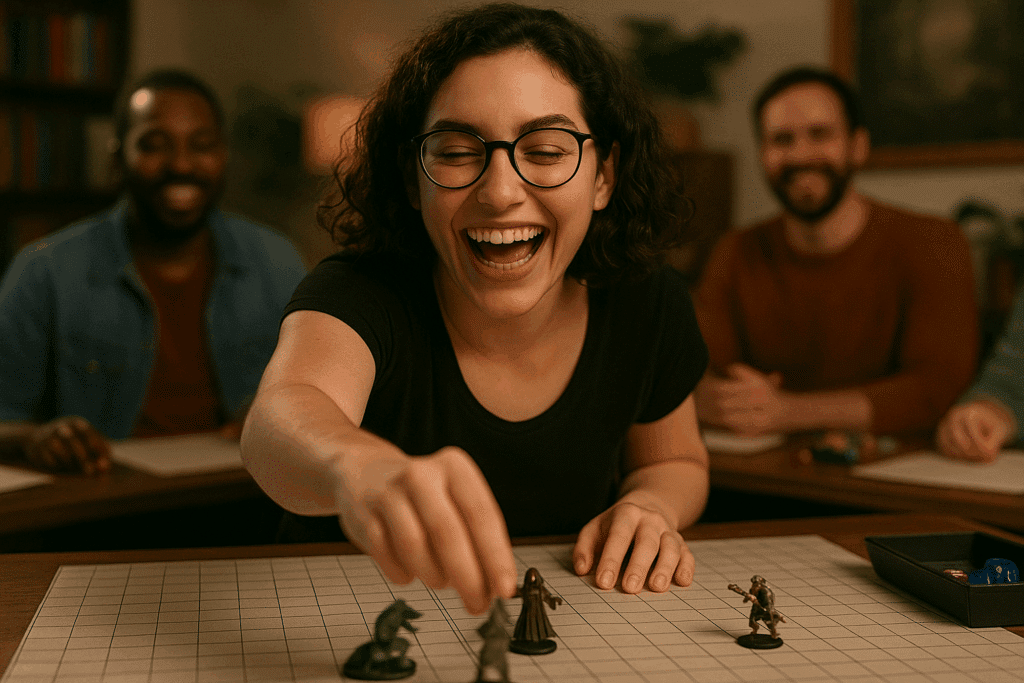
The Final Session Structure
The dice clicked, candles burned low. Each breath a countdown. Final sessions demand ruthless pacing: action must dance with reflection, violence with vulnerability. Break the session into phases, each with its own focus.
Begin with setup—recap, world state, moments to strategize and say goodbyes. Open the gates of tension, letting the players sense that this is it: last chance to settle scores or make confessions.
Climax kicks in fast. This is where conflicts resolve—battles, showdowns, desperate gambits, and last-ditch negotiations. Hold the tempo tight. Every round of combat or line of dialogue should feel heavy with consequences. Don’t let fights sprawl into tedium, but give space for twist and reversal.
Epilogue flows in with exhaustion and triumph. Here’s the time for fallout, narrative closure, epilogue scenes, and player-led narration. Allow the characters to shape their own starlit farewells. Divide spotlights evenly.
A finale might sprawl across multiple sessions, especially if subplots or downtime matter. Beware the risk of stretching tension too far—momentum can flicker if left too long without payoff. One-night finales offer punch and closure, but sometimes rush crucial scenes. Pick your pacing with care.
| Session Phase | Goal of That Phase | Example Activities |
|---|---|---|
| Setup | Orient players, set stakes | Flashbacks, schemes, pre-battle reunions |
| Setup | Allow last prep/choices | Item upgrades, alliances, scrying |
| Climax | Resolve main conflict | Final boss fight, debate, ritual stop |
| Climax | Build tension, test growth | Mid-fight twists, betrayals, moral choices |
| Climax | Integrate character arcs | Rivals appear, destiny fulfilled/denied |
| Epilogue | Display fallout/world state | Campaign montage, kingdom or city scenes |
| Epilogue | Give character closure | 1-on-1 scenes, letters, reunions |
| Epilogue | Player-led narration | Players describe legends/hope/regret |
| Epilogue | Reflect as a group | Shared meal, toasts, campaign slideshow |
| Epilogue | Hint at new adventures | Rumors, open questions, next campaign hook |
The final session lives or dies on timing and mood. Let the story breathe, but keep a hand on the pulse—don’t drown a climactic moment in endless dice, nor race past a tearful goodbye.
Be ready to pivot. Even the best plans savage themselves against player unpredictability. Hit your beats, but let the group find grace in those last, unrepeatable minutes.
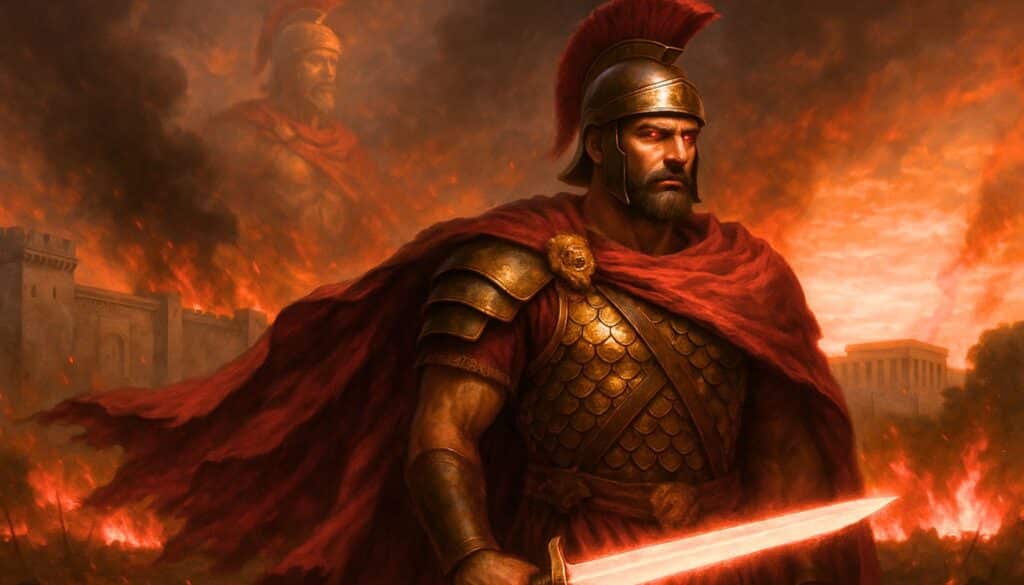
Epilogues and Post-Campaign Wrap-up
Days later, legends surge through the city like static in neon rain. What happens to a world after dice go silent? The most satisfying campaigns milk every drop of aftermath, letting players glimpse ripples from their deeds—chaos and hope blooming across time.
Try my AI Tabletop RPG generators...and an extensive library of content!
Show the consequences of heroism and failure. Did the revolution catch? Does magic vanish from the world? Let players catch up with old NPCs—or learn of distant disasters, fresh alliances, or new religions sparked by their own actions.
Collaborative epilogues pull the table together one last time. Invite everyone to add a stroke to the mural—describe a statue, sing a future myth, invent a holiday marking the party’s greatest gamble. Stories breathe when shared, growing in strange and wonderful directions.
Don’t shy from melancholy. Some endings ache with possibility or regret. A beloved villain’s child rises. Maps lie rewritten. The world shrugs and pushes on. Let the table feel what they’ve made and unmade.
12+ Post-Campaign Wrap-up Moments
- Future world montage decades later
- Final letter from a now-famous NPC
- Deity/ruler/elder judgment of the party’s deeds
- Timeline fast-forwards: political, magical, technological shifts
- In-universe songs, statues, or holidays about the party
- Old enemies (or allies) reveal their fate
- Party reunion “years later” scene
- Mythologized retellings (truth or wild exaggeration)
- Descendants or future heroes inspired by party’s exploits
- Closure scene with pets, sentient items, or familiars
- Journals or keepsakes found by new adventurers
- Origin of legends or “urban myths” about the party’s exploits
- Reveal the next great threat the party unknowingly spawned
Players crave proof their characters mattered, long after dice are packed away. Don’t rush the epilogue or skip the sense of goodbye.
Let the world’s heartbeat continue; changed, haunted, or healed by the party’s hand.

Celebrating the End of the Campaign
The neon skyline faded behind laughter and cheers. When dice settle, celebration carves the campaign into memory. Rituals—gifts exchanged, custom art revealed, shared meals—let the table process the journey, not just the destination.
Treat the end as something wider than the last session’s script. Award in-game honors, reminisce over disastrous plans, or mug for photos with prop swords. Create highlight reels or campaign scrapbooks. Tangible mementos become relics: a commemorative die, a hand-inked map, a playlist recalling every epic standoff.
Leaning into celebration builds future tales. A party rewatch. Toasts for the characters who fell. When the campaign becomes part of the group’s history, each player leaves the table changed, with legacy shining in their eyes.
⚔️ Fantasy RPG Random Tables Books
Make life as a Gamemaster easier…
If you play Dungeons & Dragons, Pathfinder, or other fantasy RPGs, this
RPG random tables series
is packed with encounters, NPCs, treasure, and more. Available in eBook or print—either way, you’ll have a wealth of adventure ideas at your fingertips.
10+ Ideas for Celebrating Your Campaign’s End
- Commission custom art of the party or most iconic moment
- Create a campaign highlight reel/video log
- Hand out campaign awards for various in-game achievements
- Design and gift custom dice or accessories
- “Retire” in-character props or tokens
- Host a themed meal or party night
- Write a group epilogue book or zine together
- Record a podcast episode reflecting on memories
- Exchange in-character letters or gifts
- Assemble a campaign scrapbook or memory box
- Play “where are they now” with characters in silly post-ending scenarios
Invite players to see the finale as a festival—the culmination of years of invention, investment, and resilience. Don’t treat closure as a funeral. Make it a coronation.
Endings forged in joy and camaraderie last longer than any dragon’s hoard.
If Things Fall Short
Steam drifted off the cooling dice, disappointment heavy as rain. Sometimes, the finale stumbles. A boss fight fizzles. A twist misses. Players look as if they’ve bitten something bitter, not triumphant. DMs, take heart. Perfection is myth; flaws become stories, too.
Manage expectations honestly. Acknowledge missteps, but keep a steady hand on the wheel. Players care less about seamless execution and more about whether you saw them, honored their choices, and kept the table’s spirit alive.
Channel stumbles into new beginnings. Rather than smoothing over rough topics, invite feedback. “What felt unresolved? What did you want to see?” Let the group help patch gaps: a short epilogue, a “director’s cut” or alternate ending, even a do-over session—these tools transform disappointment into fresh connection.
Mistakes become new campaign seeds. What’s left unfinished can shimmer as the hook for the next adventure—or as a reason the party haunts the world’s myths in cautionary tales.
12+ Recovery Techniques for Underwhelming Finales
- Schedule a surprise “epilogue” or bonus wrap session
- Allow players to revise or “rewrite” moments in post
- Turn dangling threads into seeds for a new campaign
- Host a group “alternate ending” storytelling jam
- Revisit tough scenes in flashback or dream format
- Invite NPC express their perspective post-finale
- Roll back and replay the unsatisfying conflict
- Spotlight each character’s resolution even post-session
- Ask each player for their ideal epilogue
- Flip perspectives and play the opposing faction
- Create an in-universe myth explaining what “really happened”
- Give bonus rewards or narrative perks in future games as “makeup”
- Share a playlist or photo montage celebrating favorite moments
Remember: even failed finales hold meaning. What matters most is the journey, the friendships carved from long nights, the legends dreamed together.
Choose to laugh over stumbles. A table that recovers together stays together. Nothing haunts a DM more than an absence of passion; as long as the group cares, every campaign finds peace.
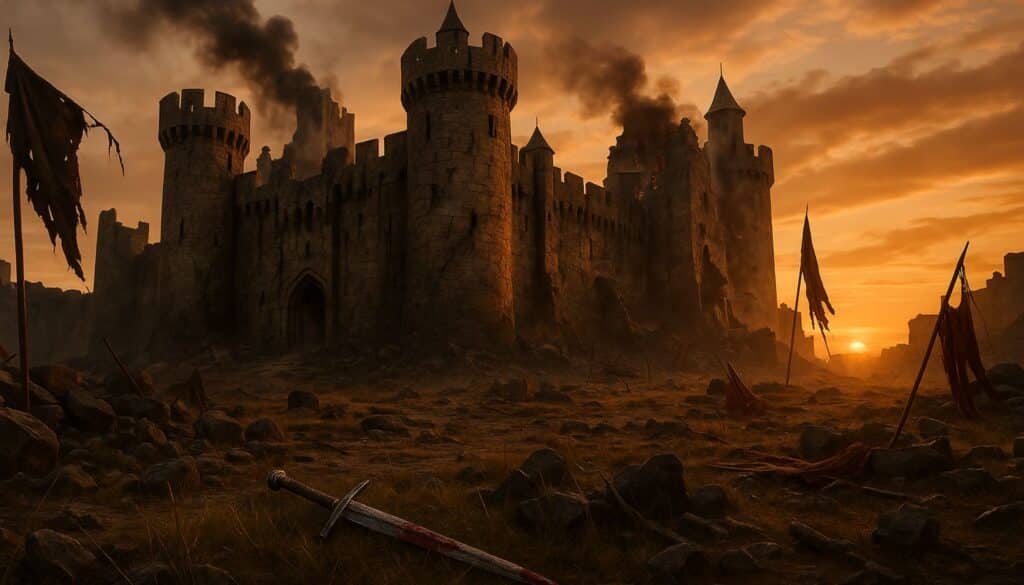
Final Thoughts on Ending Your Campaign
As the dust settles and the echoes of laughter fade into memory, it’s essential to acknowledge that every ending is a new beginning. Just as the last chapter in a book doesn’t close off the world but instead deepens the lore, a campaign’s finale is a launchpad for fresh adventures. What threads remain to be tugged at? Where can new heroes rise from the ashes of old tales? Embrace the residue of your narrative; it could ignite the spark for your next campaign or the next player’s journey in a broader legacy.
Additionally, nurturing a spirit of reflection can bolster the bonds formed around the table. Gather your players for a debriefing session, where each can share their feelings, favorite moments, or even uncharted aspirations for their characters. This candor transforms the campaign into a shared tapestry of experiences, emphasizing the importance of collaboration and emotional connection forged throughout your time together.
Don’t shy away from the unpredictable; some of the most cherished moments in a campaign can resurface in cherished memories. Every misshapen dice roll and awkward situation contributes to the rich history that characterizes your group. Lean into those quirks, for they are the heartbeats of your story, reminding everyone that imperfection is where true magic lies.
Also, consider the possibility of cyclical narratives, creating a sense of continuity that invites players to engage with the world again in the future. Use callbacks and remnants from the past, creating threads that bind their experiences together, which may surface in new campaigns or as nostalgic allusions. The world you crafted doesn’t end with the session—it lives on, influencing the fate of future adventurers who may inhabit the same spaces.
As much as victories should be celebrated, grieving losses can also hold immense value. A character’s fall, a friendship severed, or an ambition dashed can resonate deeply. Allow time for your players to embody their feelings about these losses; it validates their investment and creates a richer emotional landscape. Remember, sadness can be as profound as joy.
Finally, wrap your campaign in a treasure chest of undying memories, a reminder that the adventure never truly ends. Celebrate not just the climactic moments but also the quiet instances of camaraderie, the shared meals, and the late-night discussions that may have percolated into your sessions. Encourage each player to carry a piece of your collective journey forward, keeping the flame alive until it flickers once more. After all, it isn’t merely about finishing a story; it’s about crafting a legacy that echoes in the hearts of those who lived it.

